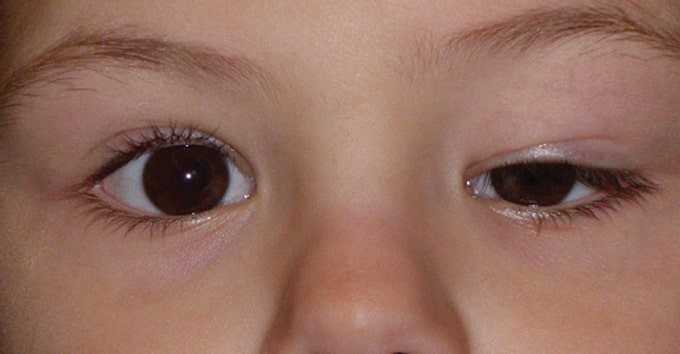Ptosis Treatments
Looking for a Consultation?
FAQs
What is the success rate of Ptosis surgery?
- The techniques of ptosis surgery have evolved over time, and the success rates have widely increased compared to decades ago. That being said, there are possible risks and complications with ptosis repair. Your ophthalmologist will discuss these with you.
How long do the results of a Ptosis surgery last?
- Ptosis surgery is permanent. However, since the muscles in the eyelid are so fragile, there are certain complications involved. Your ophthalmologist will discuss these with you before you get the surgery.
How much does a Ptosis eye surgery cost in India?
- If you have been advised to have this operation and would like to know how much it will cost, please feel free to contact a representative at Prasad Netralaya, and we will gladly discuss price and payment options with you.

